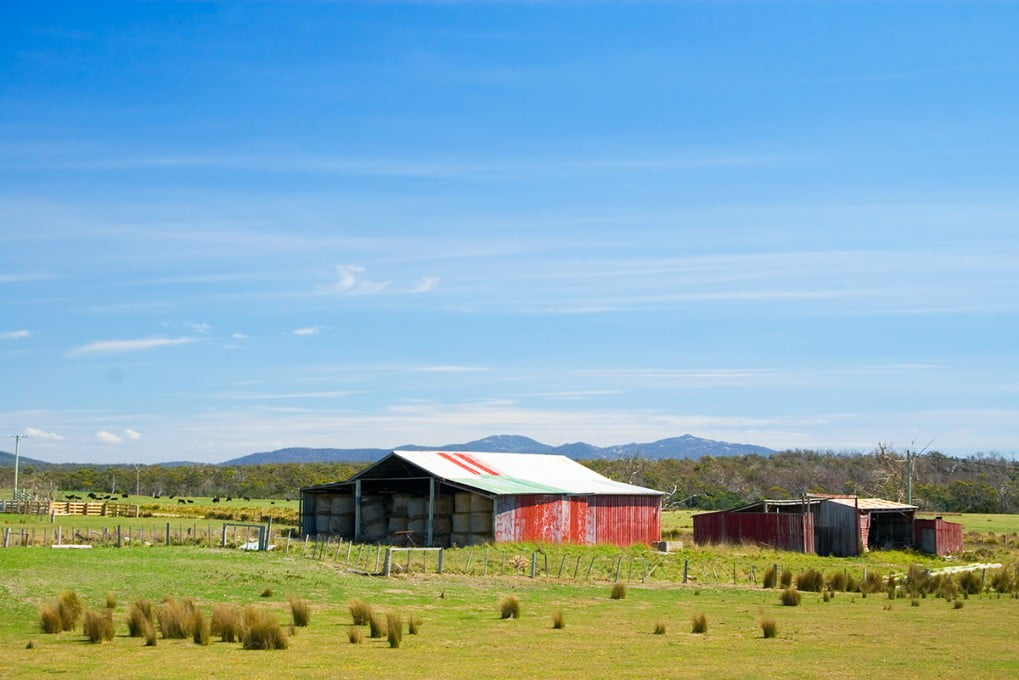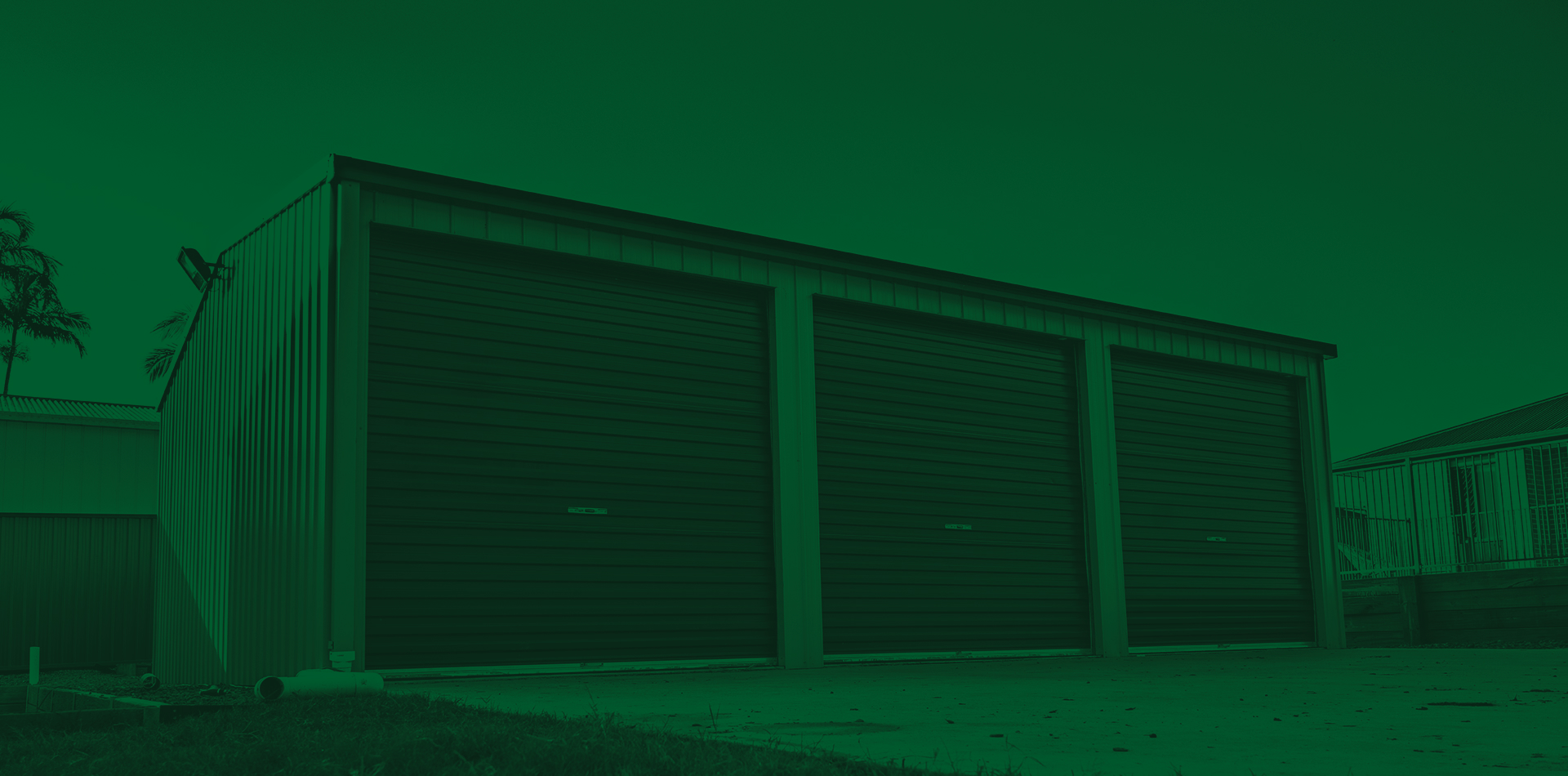
How to Choose the Right Barn for Your Farm
Keeping things where they need to be, in working condition, and making sure nothing goes awry are painstaking tasks that sometimes seem like they’re more effort than the rest of the farm put together.
A property needs adequate storage, but exactly how much is a tricky matter to deal with. While it’s much better to be caught out with too much space than too little, you won’t want to be paying for a much larger barn than you’ll need. That said, you’ll also want additional space for emergencies, room to grow, and (for some farmers) seasonal storage capacity.
Choosing the right barn can be a surprisingly complex decision for such a seemingly simple task. To help you out with that decision, we’ve put together a few models and tips on what to look for to suit your situation.
Conditions to look for
Your barn type ultimately needs to fit your farm type (obviously). This means that first on the agenda is a short checklist to help narrow down your choices.
Start by having a think about the obvious uses for your barn, as well as a couple of things about your property:
- Do you have any seasonal crops on your property (where you might need long-term storage for equipment in the off-season)?
- Do you have any products that can go bad if stored in the wrong type of barn (such as animal feed)?
- How large an area will this barn need to service?
- Will you need to store animals?
- What are the weather conditions?
What size barn?
As a general rule, a large barn is a good barn. Unless you have a very small, manageable, or non-volatile setup that won’t change in volume at all (and can’t experience lean or peak times that will inevitably change your storage needs), then you’re going to need extended redundant setup in the case of a catastrophe. The absolute worst feeling is letting opportunity spoil (sometimes in a literal sense) or not having the tools to deal with a sudden increase in requirements. As a general rule, shop for a minimum of 20-30% more storage space than you’ll require at a general running standard.
This will ensure that not only will you have more than enough room to work in, you’ll also have ample room to cordon off perishables and organise your things, and you’ll never be unprepared for a volume in storage needs.
How many barns?
As a subset of this for larger properties, you’re going to consider the issue of centralisation versus convenience. In larger properties, long distances and convenience may mean that decentralising your barn into several smaller locations may help overall by saving you daily transport time. This is especially the case for those that have a heterogenous crop or livestock group, or those that require storing a mix of long and short term products, as well as perishables such as feed.
This is mostly the case on sectioned properties; farmers in such situations will often keep a small or medium sized storage facility near their livestock, and another much further away near their crops. Having one large container is slightly cheaper in economies of scale, however for certain farms it might actually cost you a large amount of precious time each time you need to transport to the far edges of the property.
On the other hand, large homogenous facilities that don’t require many types of storage solutions (and storage conditions) under one roof, and properties with an accessible central location of homestead, should strongly consider keeping one large centralized storage facility.
In this regard, we’d strongly recommend the Titan Big Blue as an extremely adaptable and customisable model. It’s a galvanised steel model, reinforced with bolted plates rather than welded or screwed, and formulated for use under heavy conditions, passing all cyclonic wind checks.
Choosing a specialist horse barn or stable
Horses are very particular animals, much more so than cattle or sheep, and most farmers maintain specific, individualised stables. They’re also finnicky creatures, and in a lot of cases the most destructive; they can spook easily, and in the wrong hands can end up hurting themselves or their handlers if not treated with respect and care.
The Ozbarn is industry standard housing for horses. It’s of a standard equine enclosure size (3.6 metres x 3.6 metres), and additionally offers a few additional customisation options. The height can be adjusted to 4.8 metres, and it can be up to a total of 10 – 11.6 metres in width.
It’s also extremely sturdy, with a steel stud frame that will definitely withstand a hearty kick. It’s made with horses and stabling in mind, but the design is also suited for storage. If you don’t need animal sheltering at the moment, the Ozbarn is also suited to multi-level storage with the installation of a mezzanine floor.
Installing the right barn for you
Whether you’re looking for a barn to store perishable goods, a hardware storage area or a shelter for your animals, it’s important to consider all the potential uses that your barn could have before you choose the right barn or shed for you. Take a look at our range of Titan Farm Sheds to get an idea of which could be right for you.

